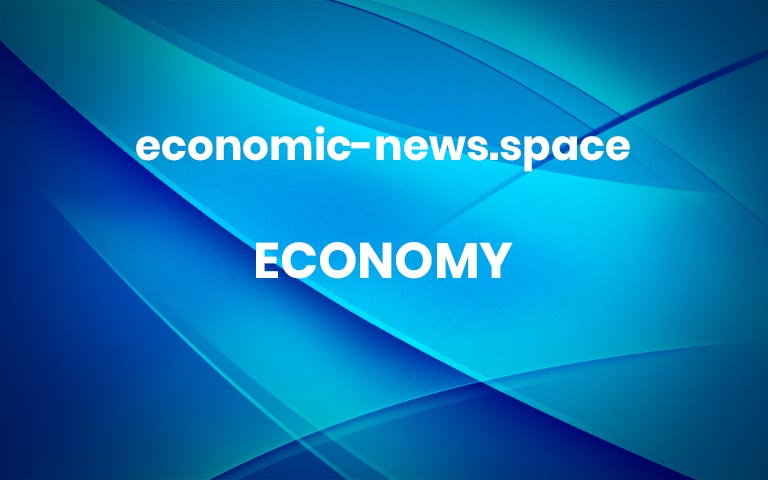
Biden Rent Cap Proposal Reignites Housing Policy Debate
A proposal to make landlords’ tax breaks contingent on rent limits has drawn industry pushback, progressive applause and some alternative approaches.When the Biden administration laid out a suite of plans this week to address housing affordability, it added a bold update to previous proposals — and sent the housing industry and the economics world buzzing.The White House called on Congress to pass legislation giving “corporate landlords” — defined by the White House as those with over 50 rental units — a choice to cap annual rent increases on existing units at 5 percent annually or lose federal tax breaks based on property depreciation.The proposal is expected to go largely unaddressed this year, with Congress in campaign mode. But public reaction has been lively.Tenant organizations and progressive leaders generally allied with the administration’s economic team cheered the news. Yet a range of economists, Wall Street analysts, real estate groups and landlord associations responded with forceful critiques, assailing the limits as counterproductive.“Increasing the supply of affordable rental housing nationwide — not politically motivated and self-defeating rent control proposals floated during election campaigns — is the best way to alleviate affordability constraints for renters,” Robert D. Broeksmit, the president of Mortgage Bankers Association, said in a statement.The policy would affect about 20 million units in the country, roughly half of all rental properties.We are having trouble retrieving the article content.Please enable JavaScript in your browser settings.Thank you for your patience while we verify access. If you are in Reader mode please exit and log into your Times account, or subscribe for all of The Times.Thank you for your patience while we verify access.Already a subscriber? Log in.Want all of The Times? Subscribe. More

